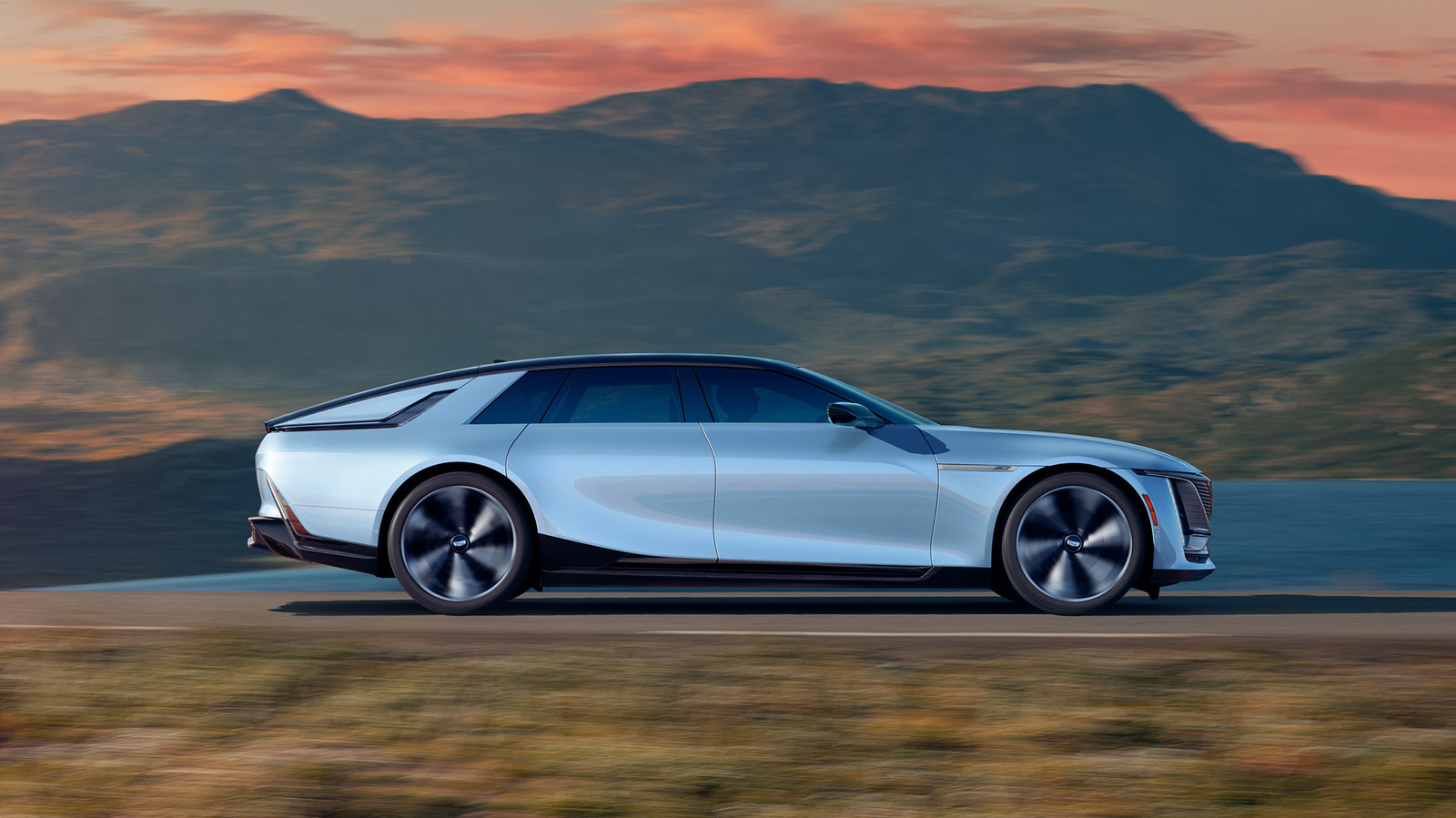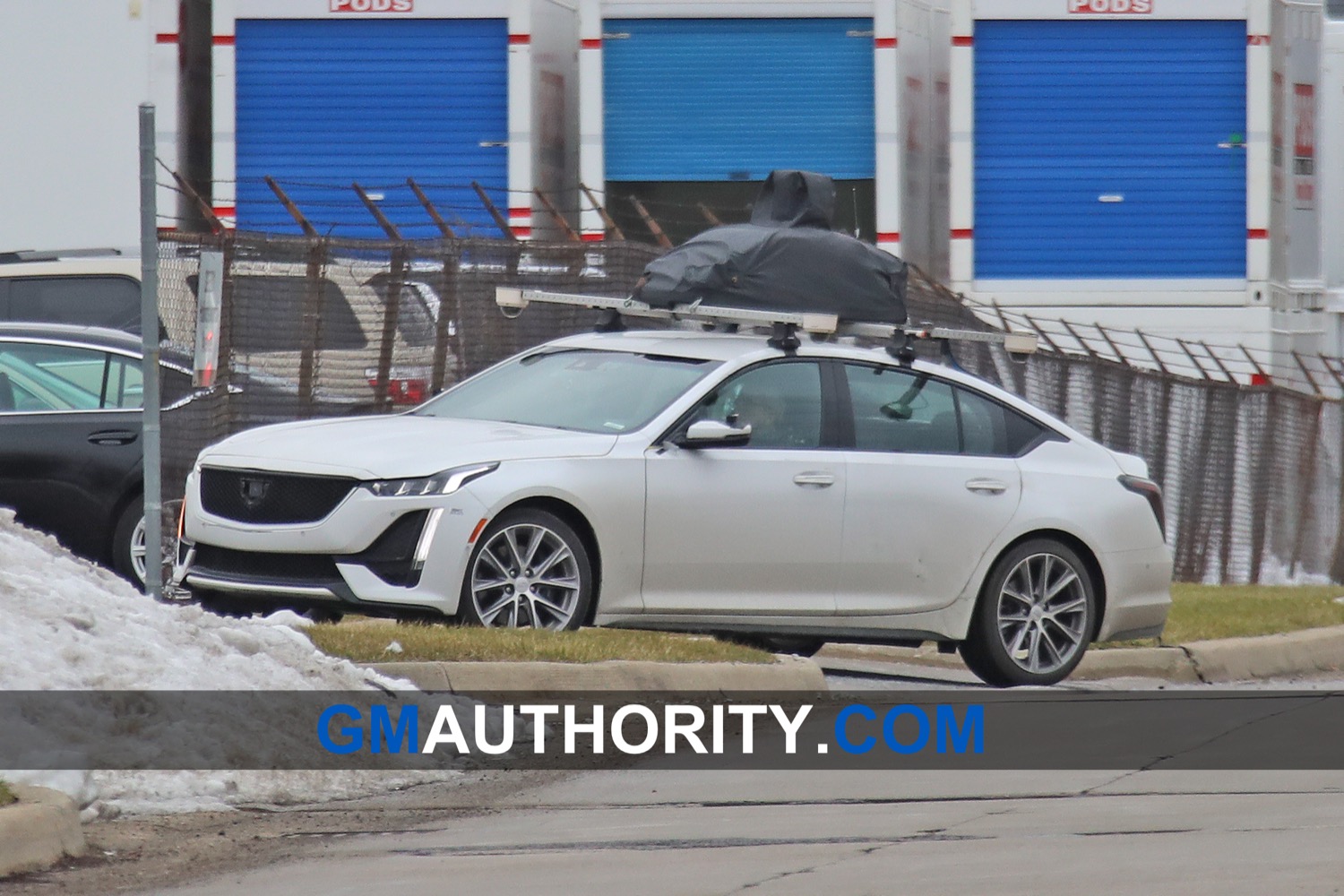Table Of Content
- GM Is Not Cancelling Ultra Cruise, Just Merging It With Super Cruise
- GM is preparing for another major expansion of its hands-free Super Cruise system
- Ultra Cruise will ultimately enable door-to-door hands-free driving on all public paved roads in the U.S. and Canada
- GM reveals Ultra Cruise ‘hands-free’ system that covers ‘95 percent’ of driving scenarios
- Scout Motors wants to put the ‘mechanical’ back into electric trucks
- Only premium GM EVs will get Ultra Cruise capabilities
- GM shares new details of Ultra Cruise ADAS that will debut on $300K Cadillac Celestiq
- Oops, Your lightbox has reached it's max.

In its first major update since announcing Ultra Cruise in late 2021, the automaker outlined several of the sensors that will power the driver-assist system, including cameras, short- and long-range radar, and a lidar sensor. The vehicles will also come with an all-new computer to process the data input from the sensors, which the automaker previously indicated would include Qualcomm’s new Snapdragon Ride Platform. WARREN, Mich. – Today, General Motors unveiled Ultra Cruise, an all-new, advanced driver-assistance technology and significant next step in the company's journey to enable its goal of zero crashes, zero emissions and zero congestion. Designed to ultimately enable hands-free driving in 95 percent of all driving scenarios, Ultra Cruise eventually can be used on every paved road in the U.S. and Canada. “Drivers will be able to travel hands-free across nearly every paved road, including city streets, subdivision streets, and rural paved roads,” Ditman said.
GM Is Not Cancelling Ultra Cruise, Just Merging It With Super Cruise
With its forward-thinking approach and commitment to innovation, GM reaffirms its position as a leader in driver assistance technology. In a groundbreaking development, General Motors (GM) has officially announced the delay of its highly anticipated Ultra Cruise driver assistance technology until 2024. The sophisticated hands-free driving system, set to debut on the luxurious Cadillac Celestiq, will now be introduced to the public with utmost confidence in its safe utilization. GM first announced Ultra Cruise during an investor event in 2021, describing it as a massive leap over the company’s Super Cruise system, which allows for hands-free driving on mapped divided highways. In contrast, Ultra Cruise will cover “95 percent” of driving scenarios on 2 million miles of roads in the US, the company said. GM first announced Ultra Cruise during an investor event in 2021, describing it as a massive leap over the company’s Super Cruise system, which allows for hands-free driving on mapped divided highways.
GM is preparing for another major expansion of its hands-free Super Cruise system
GM said the system will cover “more than” 2 million miles of paved roads in the US and Canada at launch, with the capacity to grow up to more than 3.4 million miles. Super Cruise, which debuted in 2017 in the Cadillac CT6 sedan, is capable of completely hands-free driving across more than 200,000 miles of divided highway across North America. It compares the vehicle’s position, taken from both GPS and onboard cameras, to its location in a lidar map collected by GM. Once the vehicle knows where it is and that it’s safe to activate, Super Cruise will take over both steering and acceleration.
Ultra Cruise will ultimately enable door-to-door hands-free driving on all public paved roads in the U.S. and Canada
The company also works with suppliers who are experts in their relative spaces and integrates their sensing technologies with its homegrown software to bring Ultra Cruise to life. The news was announced as part of GM’s two-day annual investor event, in which GM also revealed its plan to double revenues by 2030 as it seeks to become a software company in addition to making cars. The mishandling of the information resulted in parent company GM slashing spending and taking greater control of Cruise.
The primary HMI is the Ultra Cruise Dynamic Display that is projected in the driver’s line of sight to help them stay focused on the road. The Driver Attention Camera system from Super Cruise will also be incorporated into Ultra Cruise. A big part of Cruise’s strategy moving forward, as outlined in Tuesday’s blog post, involves reforming and establishing updated incident response and crisis management protocols to ensure more efficient and transparent responses in the future.
Scout Motors wants to put the ‘mechanical’ back into electric trucks
"We have reallocated our ADAS-focused resources to bring even more capability to Super Cruise under one recognizable consumer brand." The Ultra Cruise compute will help power GM-developed ADAS software and features, including perception, planning, localization and mapping. These Ultra Cruise capabilities were developed in-house at GM engineering facilities in Israel, the United States, Ireland and Canada. To ensure a robust and predictable system with minimal latency, GM integrated Ultra Cruise’s software on an optimal hardware design, overlaying cameras, radar and LiDAR. This low-level, sensor fusion, which provides excellent detection and classification of data, and Ultra Cruise’s software stack are proprietary to GM, not available on the automotive aftermarket. As the manufacturer continues to fine-tune the system, Ultra Cruise is poised to become a transformative force in the automotive industry, elevating the driving experience to unprecedented levels of comfort and efficiency.

The primary HMI in Ultra Cruise-equipped vehicles, the Ultra Cruise Dynamic Display, is a freeform display directly in the driver’s line of sight. Ultra Cruise works through a combination of cameras, radars and LiDAR, developing accurate, 360-degree, three-dimensional statistical representations of the environment surrounding vehicles with redundancies in critical areas. Ditman gave the example of a roundabout as a type of complex road condition that the ADAS will not be able to navigate. A light bar in the steering wheel will communicate to the driver when they need to control, sending signals through escalating lights and haptic feedback.
GM is getting rid of “Ultra Cruise” branding as it reevaluates its ADAS program - The Verge
GM is getting rid of “Ultra Cruise” branding as it reevaluates its ADAS program.
Posted: Mon, 22 Jan 2024 08:00:00 GMT [source]
The launch of the Cadillac Celestiq remains on schedule for early 2024 followed by GM’s safe deployment of Ultra Cruise at some point thereafter. Ditman described Ultra Cruise as a “route following feature” that maintains headways and follows the speed limit. Ultra Cruise will also support automatic and on-demand lane changes, left and right hand turns, avoid close objects, and enable parking in residential driveways.
Oops, Your lightbox has reached it's max.
The Snapdragon SA8540P SoCs will provide the necessary bandwidth for Ultra Cruise’s sensing, perception, planning, localization, mapping and driver monitoring. Ultra Cruise will ultimately enable door-to-door hands-free driving on all public paved roads in the U.S. and Canada. For Super Cruise, visit cadillac.com/supercruise for compatible roads and full details. GM’s next-generation hands-free driver assist system, Ultra Cruise, will be powered by a scalable compute architecture featuring system-on-chips developed by American semiconductor company Qualcomm Technologies, Inc. It is recommended that you download your current lightbox contents and clear its assets to add more.
Last week, CNBC reported that GM was “ending the Ultra Cruise program,” focusing instead on the current Super Cruise system that is available across the company’s vehicle lineup. GM spokesperson Aimee Ridella clarified that the ultimate intention is to improve Super Cruise but that no one is being laid off as a result of this decision. GM is developing Ultra Cruise software in-house with a team of highly skilled software engineers around the world.

When GM first unveiled its ultra-lux, hand-built Cadillac Celestiq sedan, we learned it would come equipped with the sensor and software systems to support Ultra Cruise, but those exact capabilities remained vague. Along with Snapdragon Ride SoCs, which are designed to meet automotive system safety standards with multiple redundancies built in, the compute includes an Infineon Aurix TC397 processor for system safety integrity. The Aurix TC397 is categorized ASIL-D – the highest Automotive Safety Integrity Level. When people have been disconnected from driving for a longer period of time, they may overreact when suddenly taking control in an emergency situation. They may overcorrect steering, brake too hard, or be unable to respond correctly because they hadn’t been paying attention.
That said, the company intends to increase the system’s capabilities over time via over-the-air (OTA) updates and expand the domain in which the EVs can safely engage. Despite its enhanced capabilities, GM says it still considers Ultra Cruise a Level 2 system, as defined by the Society of Automotive Engineers. At Level 2, the vehicle can control both steering and acceleration and deceleration as well as monitor blind spots and even change lanes automatically. But the driver needs to stay vigilant and keep their eyes on the road; if they don’t, the vehicle’s infrared sensors will detect it, and the system will send several warnings to the driver before disengaging. Lidar, a key ingredient in autonomous driving, is a laser sensor that uses near-infrared light to detect the shapes of objects. This helps autonomous vehicles “see” other objects on the road, like cars, pedestrians, and cyclists, all without the help of GPS or a network connection.
Though the delay is disheartening for some GM customers seeking a stress-free commute, it is essential to prioritize safety and perfection in the rollout of this groundbreaking technology. GM assures consumers that once integrated into the Celestiq, Ultra Cruise will extend its capabilities to other high-end GM vehicles, including the iconic Escalade. As defined by SAE International, a Level 2 system can control steering, acceleration, and deceleration as well as monitor blind spots and even change lanes automatically. But the driver needs to stay vigilant and keep their eyes on the road; if they don’t, the vehicle’s driver monitoring system will theoretically detect it, and the system will send several warnings to the driver before disengaging.

No comments:
Post a Comment